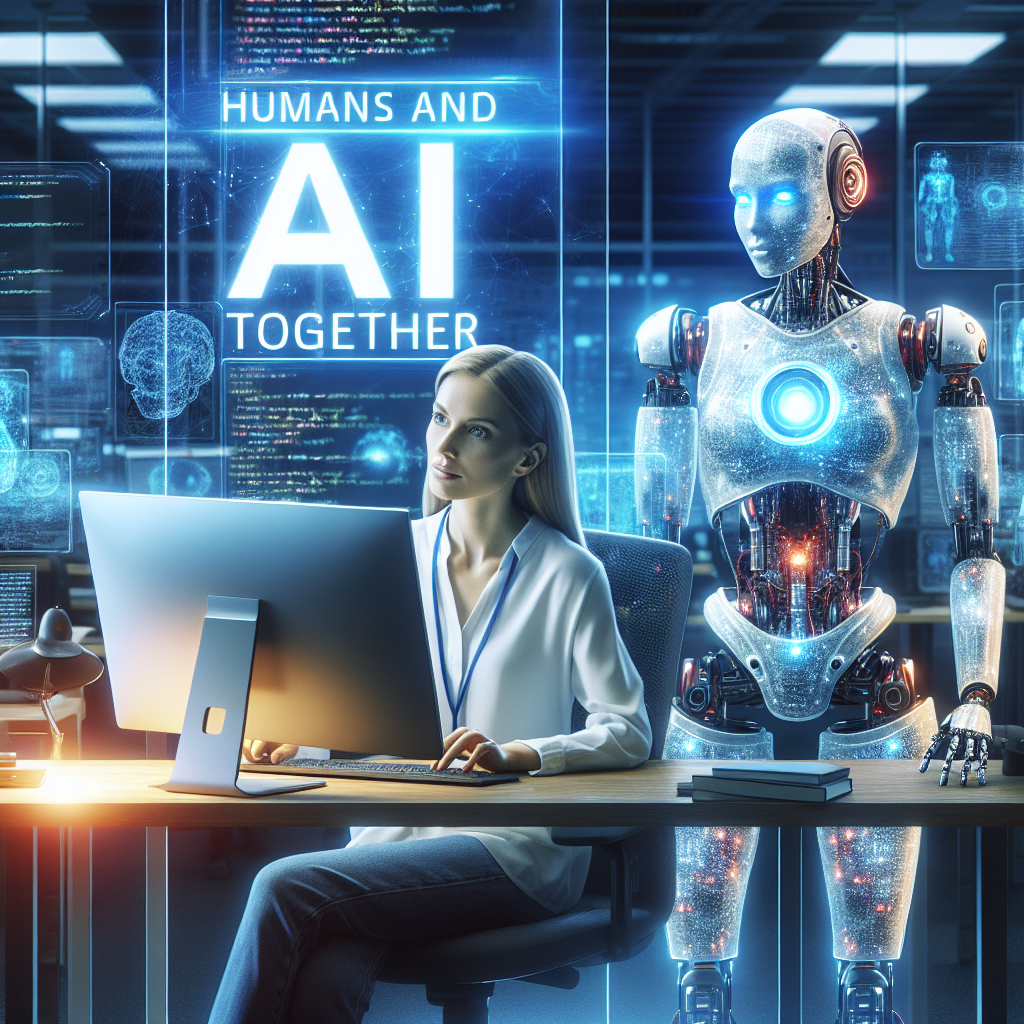Humans and AI Together.
Introduction
In recent years, the collaboration between humans and artificial intelligence (AI) has become increasingly prevalent in various industries. This partnership has shown great promise in enhancing productivity, efficiency, and innovation. As technology continues to advance, it is crucial to explore the benefits and challenges of humans and AI working together.
The Role of AI in Society
Artificial intelligence has revolutionized the way we live and work. From autonomous vehicles to personalized recommendations on streaming platforms, AI has permeated almost every aspect of our lives. The integration of AI in industries such as healthcare, finance, and manufacturing has enabled organizations to streamline processes, make data-driven decisions, and deliver better services to customers.
The Human Touch in AI
While AI is capable of processing vast amounts of data and performing complex tasks with precision, it still lacks the emotional intelligence and creativity that humans possess. The human touch is essential in areas such as customer service, creative industries, and decision-making processes where empathy, intuition, and critical thinking are crucial. By combining the strengths of both humans and AI, organizations can achieve a balance that maximizes efficiency and effectiveness.
Challenges of Humans and AI Collaboration
Despite the numerous benefits of humans and AI working together, there are challenges that need to be addressed. One of the main concerns is the potential impact of AI on the job market, as automation could lead to job displacement for certain roles. Additionally, there are ethical considerations surrounding AI bias, data privacy, and algorithmic transparency that need to be carefully navigated to ensure fair and responsible use of AI technology.
Enhancing Collaboration Between Humans and AI
To maximize the potential of humans and AI working together, organizations should focus on fostering a culture of collaboration and continuous learning. Training programs that equip employees with the skills to work alongside AI systems and adapt to changing technologies are essential. Furthermore, implementing clear guidelines and ethical frameworks for the use of AI can help mitigate risks and build trust among stakeholders.
Conclusion
Humans and AI together have the potential to drive innovation, improve efficiency, and solve complex problems that were once deemed impossible. By leveraging the strengths of both human intelligence and artificial intelligence, organizations can create a synergy that propels them towards success in the ever-evolving digital landscape.
Recommendations
As we move towards a future where humans and AI collaborate more closely, it is imperative for organizations to invest in training and upskilling their workforce to adapt to this new paradigm. By fostering a collaborative environment that values the unique contributions of both humans and AI, organizations can stay competitive and drive growth in the digital age.







